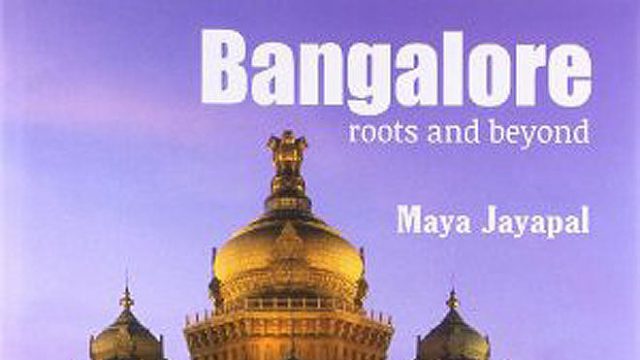I doubt if there’s any city in India that has undergone such cataclysmic changes in its essential nature over as short a period of time as has BangaÂlore (or Bengaluru as they say now). What used to be a favourite with retired folk looking for a tree-lined town, soft-spoken locals and salubrious weather is now an overblown metro of malls and multiple high-rises that contribute to its terrible traffic. Perhaps I was wrong in hoping for an incisive understanding of a city wrenched so completely from its roots when I set about reading this book. Perhaps I took the ‘and beyond’ too literally.
Maya Jayapal remains resolutely focussed on Bangalore’s history, and thus the old nomenclature. She traces Bangalore’s connections to the legÂendary Kempe Gowda, to Hyder Ali and Tipu Sultan, and then dwells considerably on its colonial masters, the period that’s best documented. The brief chapter on the major Kannada communities is a welcome departure from the otherwise predominant focus on built heritage, as is the two-part yet skimÂming ‘kaleidoscope of cultures and faiths’. The ‘today and tomorrow’ section reads unforgivably like a brochure.
The writing is regrettably linear and factual, the book unfolding with good intentions but never quite reaching beyond a purposeful statement of facts (‘The spectators’ enthuasistic [sic] response resulted in the perforÂmances becoming a regular feature’ or ‘On the streets colourfully bedecked cows with their horns brightly painted are taken out in procession’). I will not say the book is without interesting vignettes for the patient reader — for instance, we find out that Hyder urged Tigalas, a Tamil community of gardeners who had the ‘extraordinary capacity to make things grow’ to move to BangaÂlore and tend to Lalbagh.
But the simplistic design and layout of the book mirror its plodding diliÂgence, not quite what one expects in the intensely contested space on the coffee table. The font is easy to read. In a sense, the book is like the city — not of what it has become or why, but what it was and could have been.




